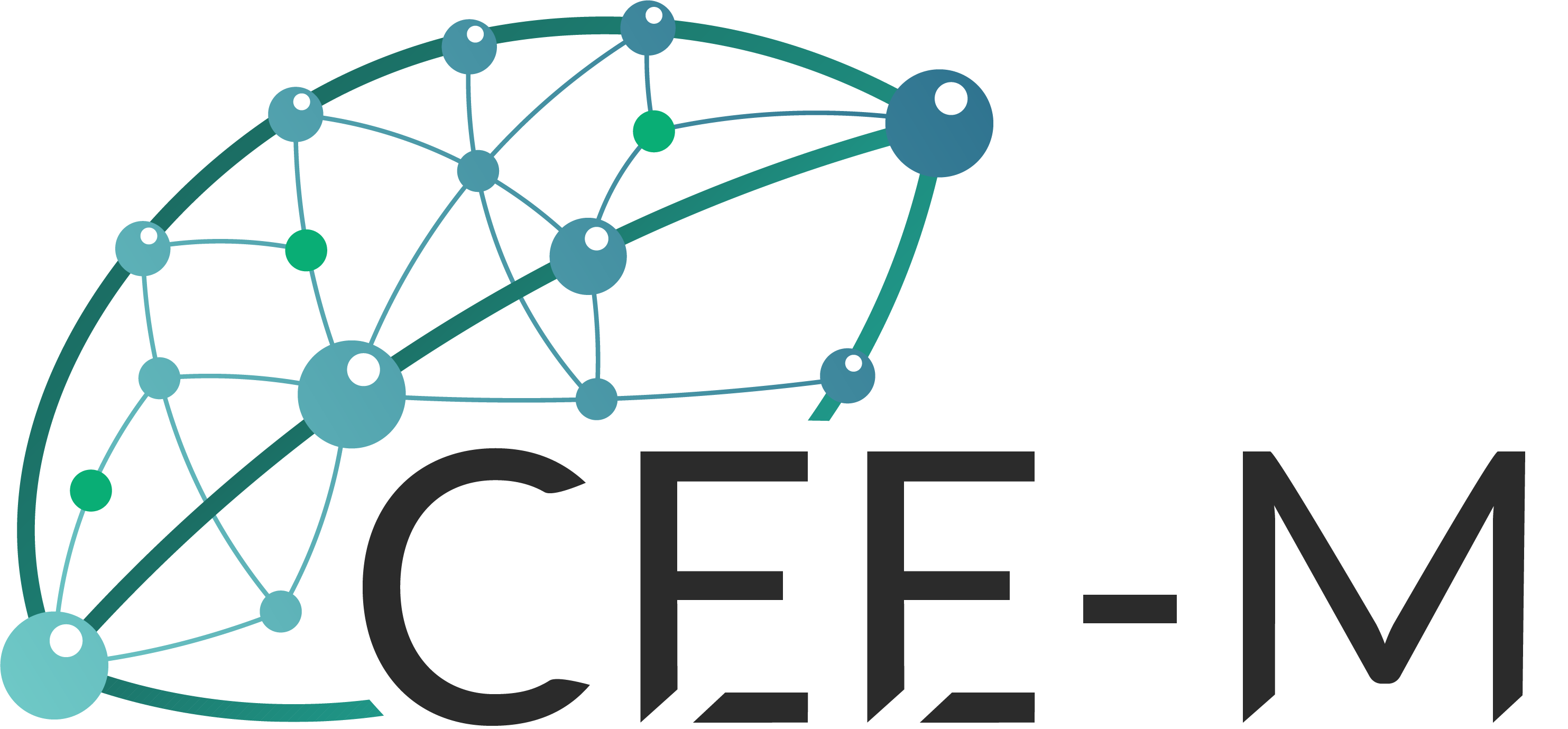Does the Gini index represent people's views on inequality?
Résumé
This paper presents findings from a web-experiment on a representative sample of the French population. It examines the acceptability of the Pigou-Dalton principle of transfers, which posits that transferring income from an individual to a relatively poorer one, reduces overall inequality. While up to 60% of respondents reject standard transfers, the three alternative transfers we test receive more approval, especially those promoting solidarity among lower-income recipients. The study then models respondents' preferences with two types of social welfare functions, utilitarian and Extended Gini. The Extended Gini model aligns better with individual preferences. Nevertheless, Extended Gini-type social welfare functions that adhere to the principle of transfers (including the one underlying the Gini index) poorly capture preferences of each individual. However, quite surprisingly, the preferences of the median individual align almost perfectly with the Gini-based function, using either parametric or non-parametric estimates.
Mots clés
Gini Index
Web Experiment
Progressive Transfers
Social Welfare Functions
Inequality
Utilitarianism
Extended Gini
Ethical Preferences
Gini Index Web Experiment Progressive Transfers Social Welfare Functions Inequality Utilitarianism Extended Gini Ethical Preferences JEL Cassification: C51 C99 D31 D63 JEL Classification Numbers: C51 C99 D31 D63 Gini Index Web Experiment Progressive Transfers Social Welfare Functions Inequality Utilitarianism Extended Gini Ethical Preferences
Gini Index
Ethical Preferences JEL Cassification: C51
C99
D31
D63 JEL Classification Numbers: C51
D63 Gini Index
| Origine | Fichiers produits par l'(les) auteur(s) |
|---|
